Riding a bike to school is more than just a way to get from point A to point B; it’s a chance for kids to enjoy freedom, fresh air, and a bit of adventure before the school bell rings. But as fun as biking can be, it comes with its own set of risks. That’s why it’s so important for parents to teach their children how to ride smart and safely, and to follow good habits themselves. Here’s everything you need to know to make every school bike ride a safe and happy one.
Getting the Right Gear
The Bicycle
Start with a properly sized bike. When your child stands over it, there should be 1-2 inches of clearance between them and the top bar. They should be able to easily reach the handlebars and brakes while sitting on the seat.
Pro Tip: Choose a bike that's the right size NOW, not one "they'll grow into." An oversized bike is harder to control and can lead to accidents.
Essential Safety Equipment
- Helmet: Non-negotiable! Make sure it fits snugly (no rocking) and sits level on their head, with the front edge about two finger-widths above their eyebrows.
- Lights: Front white light and rear red light are mandatory for early morning rides or if they might return when it's getting dark.
- Reflectors: Check that wheel reflectors and rear reflectors are intact.
- Bell or horn: Essential for alerting pedestrians and other cyclists.
- Visible clothing: Bright colors during daylight, reflective gear in low light.
- Weather gear: Waterproof jacket for rainy days, layers for chilly mornings.
Pro Tip: Many helmets now come with MIPS (Multi-directional Impact Protection System) technology, which offers better protection for your child's brain in case of angled impacts. Worth the extra investment!
Teaching Basic Skills
Before your child hits the road, make sure they've mastered these fundamental skills in a safe, traffic-free environment like your driveway or an empty parking lot:
Starting and Stopping
Teach them to:
- Always mount their bike from the sidewalk side, not the roadside
- Use both brakes smoothly to stop (not just the front, which can cause flipping)
- Come to complete stops at stop signs, looking both ways before proceeding
Balancing and Steering
Have them practice:
- Riding in a straight line
- Looking over their shoulder without swerving
- Maneuvering around obstacles
- Riding with one hand briefly (they'll need this for signaling)
Hand Signals
Make sure they can confidently signal:
- Left turn: left arm extended straight out
- Right turn: right arm straight out (or left arm bent upward at the elbow)
- Stopping: left arm bent downward at the elbow
Pro Tip: Practice these signals while walking first, then while riding in a safe area, before trying on the road.
Rules of the Road
Kids need to understand they're considered vehicle operators when on their bikes and must follow traffic laws:
The Basics
- Ride in the same direction as traffic, NEVER against it
- Stop at all stop signs and red lights
- Yield to pedestrians
- Use bike lanes when available
- Stay to the right side of the road, but not so far that they're in danger from parked cars
Defensive Riding
Teach them to:
- Scan ahead for potential hazards like potholes, sewer grates, or parked cars (doors might open!)
- Make eye contact with drivers at intersections
- Never assume a car sees them, even if they have the right of way
- Watch for cars turning right at intersections (the dreaded "right hook")
- Leave at least three feet when passing parked cars (to avoid "dooring")
Modern Challenges
- Distracted drivers: Teach kids to be extra cautious at intersections where drivers might be looking at their phones
- Electric vehicles: These are quieter, so visual awareness becomes even more important
- Delivery vans: With the rise in home deliveries, watch for vans that make frequent stops
Planning the Route
Don't leave route selection to chance. Take time to:
- Map out the safest route to school together (not necessarily the shortest)
- Prioritize streets with bike lanes, lower speed limits, and less traffic
- Avoid major intersections if possible
- Do a practice run together on a weekend when traffic is lighter
- Point out specific hazards along the way
- Identify safe places to stop if they need help (friendly businesses, crossing guards)
Pro Tip: Consider using a bike route app together to find the safest paths. Many cities now have dedicated apps showing bike-friendly routes.
Handling Tricky Situations
Prepare your child for scenarios they might encounter:
Mechanical Problems
- Teach basic chain re-attachment
- Show them how to check and fill tires
- Make sure they know what to do if their bike becomes unrideable (who to call, safe places to wait)
Bad Weather
- Clear rules about when it's NOT safe to ride (heavy rain, fog, ice)
- Alternative transportation plans for severe weather days
- How to handle slippery conditions if they get caught in unexpected rain
Interactions with Others
- How to politely alert pedestrians they're approaching
- What to do if confronted by an aggressive dog (stop, dismount, keep the bike between them and the dog)
- Appropriate responses to stranger interactions
- What to do if harassed by other kids
Real-World Practice
Start with supervised rides, gradually building independence:
- Ride the route together multiple times
- Then ride with you following at a distance
- Next, let them ride part of the route alone
- Finally, when ready, let them make the full trip independently
Open Communication
Maintain ongoing conversations about bike safety:
- Regular check-ins about their experiences
- Discussion of any new hazards or concerns
- Praise for good habits and safe choices
- Reminders without nagging
Remember: Your child will model what they see. If you ride a bike, demonstrate good safety habits yourself!
Conclusion
Teaching your child to bike safely to school is an investment in their independence and confidence. The habits they develop now will serve them throughout life. Start with proper equipment, master the basics in safe areas, know the rules, plan the route carefully, prepare for challenges, and practice together extensively.
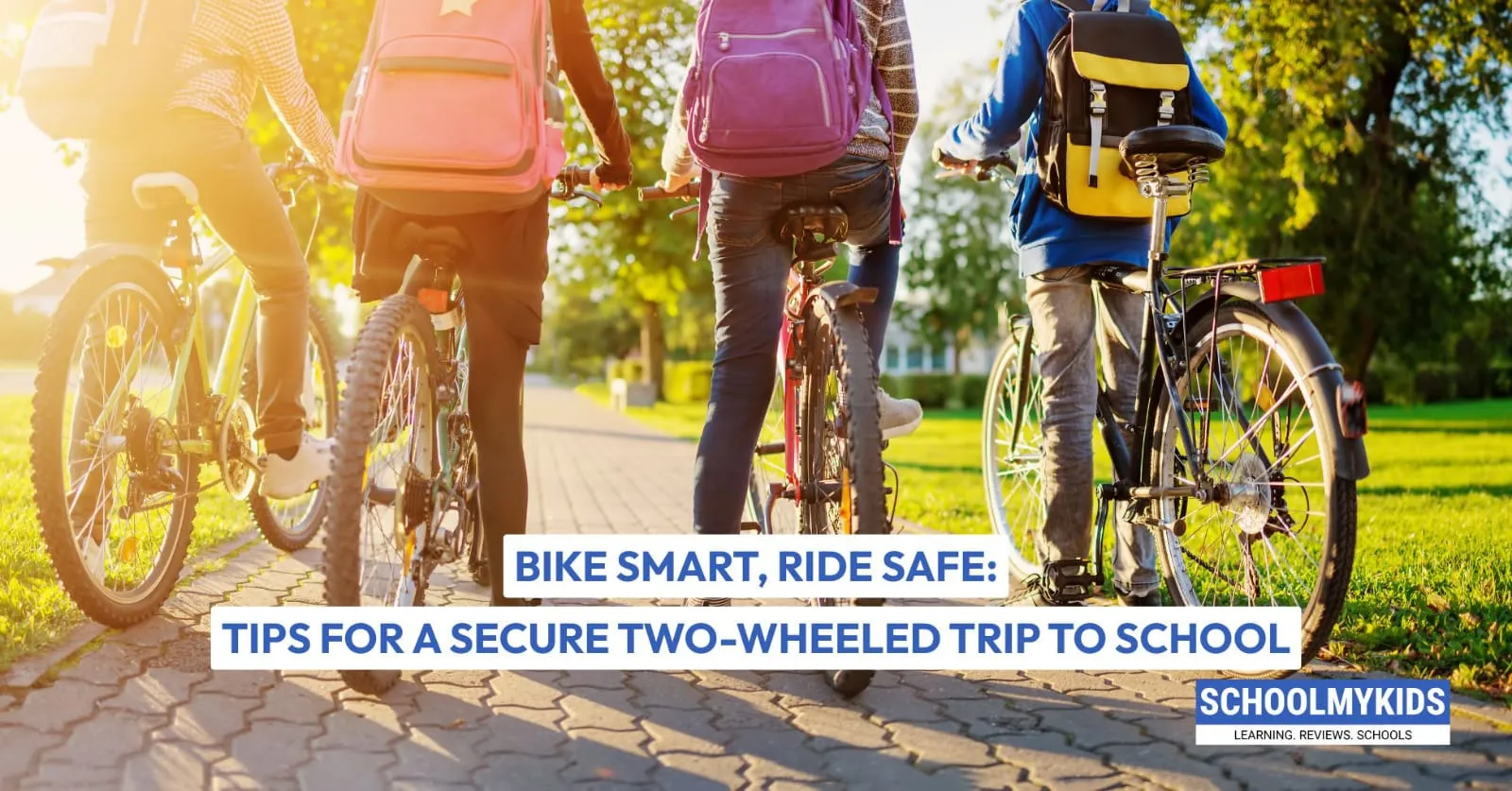




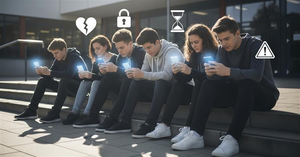
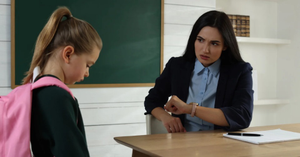
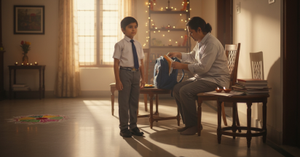
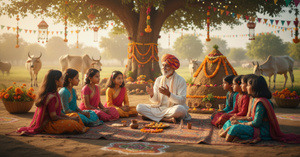
Be the first one to comment on this story.